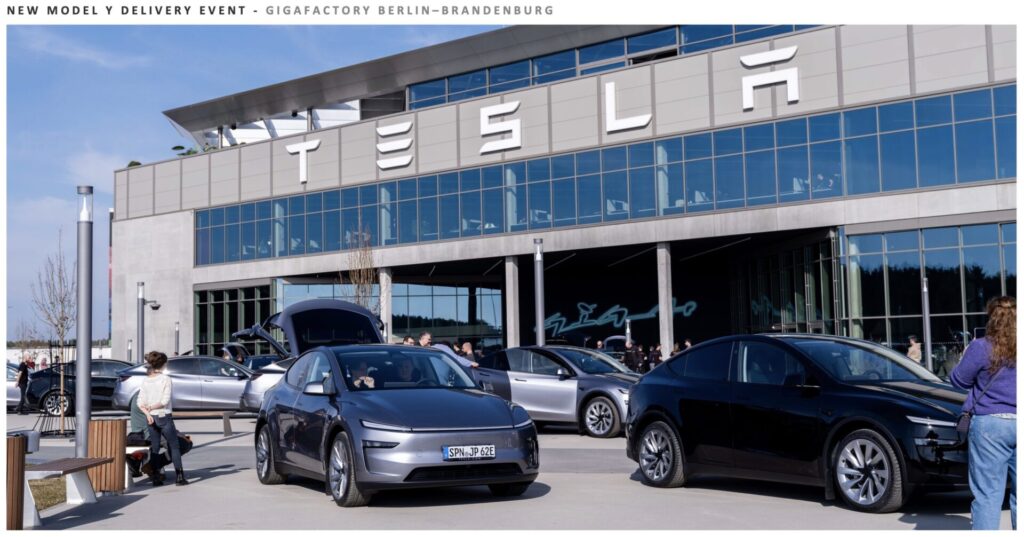Tesla’s first quarter of 2025 was marked by a mixed bag of results, with lower profits and car sales, but a strong focus on future-focused areas like AI, energy storage, and autonomous driving. Despite the challenges, the company made significant strides in key areas, setting the stage for future growth and innovation.
Financially, Tesla’s revenue for the quarter was $19.3 billion, down 9% year-over-year, with a net income (GAAP) of $409 million, a 71% drop from the previous year. However, the company reported positive free cash flow of $664 million, a significant improvement from a challenging Q1 in 2024. Tesla also saw its cash on hand grow to $37 billion, providing a solid financial foundation for future endeavors.
The decline in earnings was primarily attributed to fewer cars sold and lower average selling prices, partly due to factory shutdowns as Tesla retooled for the new Model Y. Despite these challenges, the new Model Y ramped up production faster than any previous vehicle, particularly at the Shanghai plant, which reached full production in just six weeks.
In the energy sector, Tesla’s revenue saw a significant increase, reaching $2.73 billion, up 67% year-over-year. The company reported impressive storage deployments of 10.4 GWh, with the Powerwall achieving a record of over 1 GWh deployed. The Megafactory in Shanghai also produced over 100 Megapacks, highlighting the growth potential in grid storage and AI-driven electricity demands.
Tesla continued to make advancements in AI and technology, with the launch of FSD (Supervised) in China and ongoing efforts towards a Robotaxi pilot launch in Austin by June 2025. The company also announced plans to start building the Optimus robot on Fremont’s pilot line and made the Cybertruck eligible for U.S. tax credits with the use of U.S.-sourced 4680 battery cells.
Regionally, Tesla achieved significant milestones, including the 400,000th vehicle rollout from Giga Texas in the U.S., a record-breaking Model Y order day in China, and the production of the 500,000th car at Giga Berlin in Europe. The company also revealed plans to expand Cybertruck sales in Saudi Arabia, showcasing its commitment to global expansion.
Looking ahead, Tesla acknowledged the challenges posed by economic uncertainty, political shifts, and trade policies but remains optimistic about the future. The company plans to begin production of more affordable new models in the first half of 2025 and aims to increase production capacity without the need for new factories, with existing capacity capable of supporting up to 3 million cars a year.
While Tesla’s Q1 results may not have been a blockbuster for profits, the company’s focus on long-term growth in energy and autonomy is evident. Investors are encouraged to be patient as Tesla navigates a challenging economic environment and lays the groundwork for its next phase of growth. In after-hours trading, shares of Tesla have shown a 4.13% increase, indicating that Wall Street remains optimistic about the company’s future prospects.

